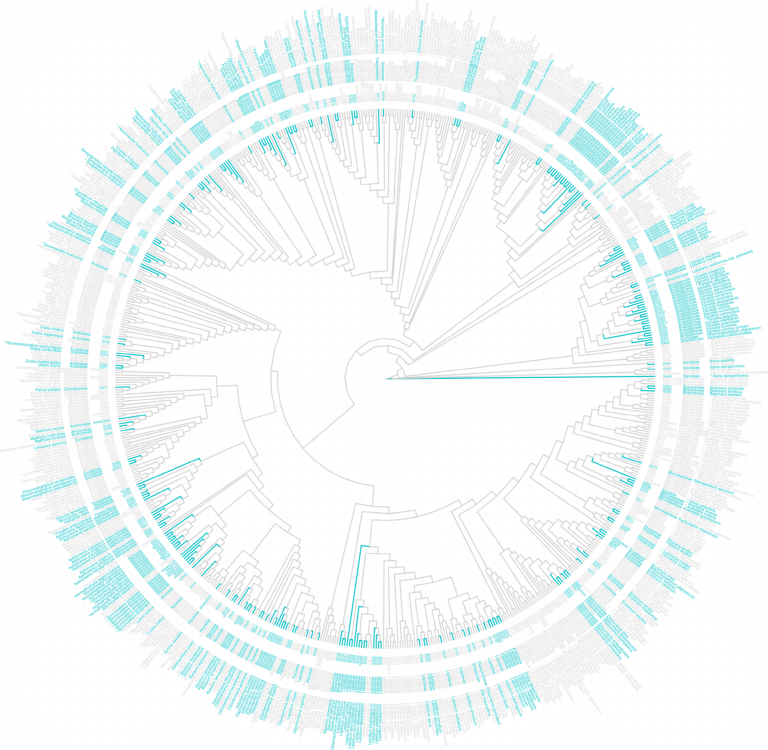
In the flowering plants, herbaceous plants have evolved into woody plants hundreds of times independently from each other during evolutionary history. With over 100 documented cases, this rigorous morphological transition is especially common in the mustard family (Brassicaceae), a family well-known from the model plant Arabidopsis thaliana and many crop species. We hypothesize that drought is an important driver of this change. However, to accurately model all transitions from an herbaceous towards a woody state we need a fully-sampled family Tree of Life (ToL), or ‘phylogeny’. To date, we have collected genomic data from hybrid sequencing (also known as target capture sequencing) of over 1,000 nuclear genes for around 1,000 of the 4,000 species in the family. Together with data from collaborators around the world, we have an estimated coverage of >1,200 species. But, the mustard-family’s scientific community is in dire need of a more complete family sampling. The herbarium collections at Naturalis hold dried plants from hundreds of species more, which are readily available to continue the quest towards a complete family ToL.
Objectives
This project aims to expand the most comprehensive 1,000-gene mustard family Tree of Life (phylogeny) to date, which will be an indispensable tool for the hundreds of researchers working on this important plant family.
Methods
You will sample around 200 different plant species from the mustard family in the Naturalis herbarium collections, perform DNA-extractions, prepare DNA-libraries, and run DNA target capture of ~1,000 nuclear genes in the modern laboratory facilities of Naturalis Biodiversity Center. The hybrid sequencing itself will be done on an Illumina NovaSeq system at the laboratories of BaseClear in Leiden. Finally, you will analyze your own data and build on a global phylogeny of the mustard family, together with your supervisors. This will all be done in close collaboration with the world’s leading Brassicaceae-experts, with whom we have tight connections.
Student requirements
We are looking for an eager student with an interest in molecular laboratory work and phylogenomics. Experience using command line (Linux) bioinformatics tools and R is very helpful.